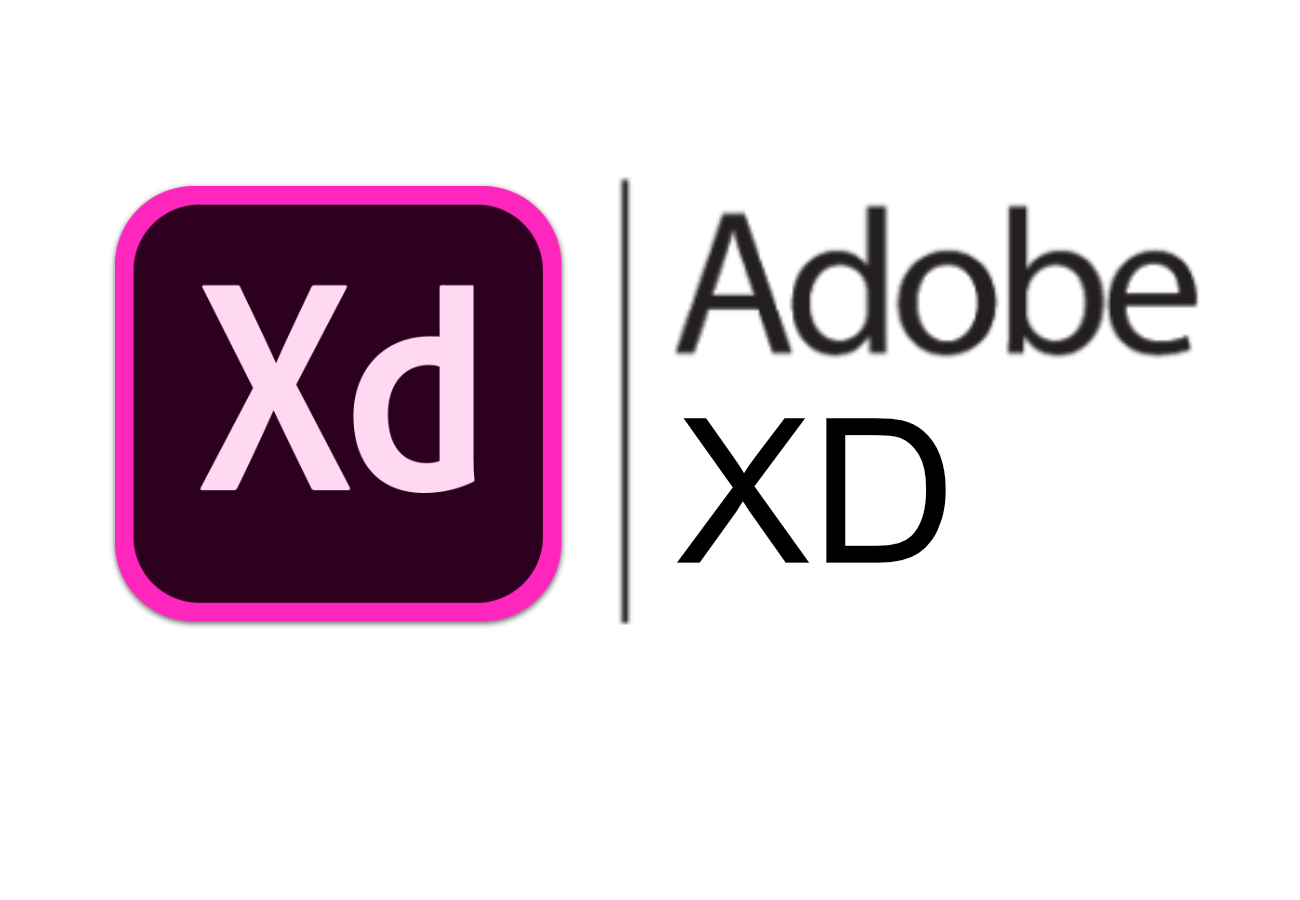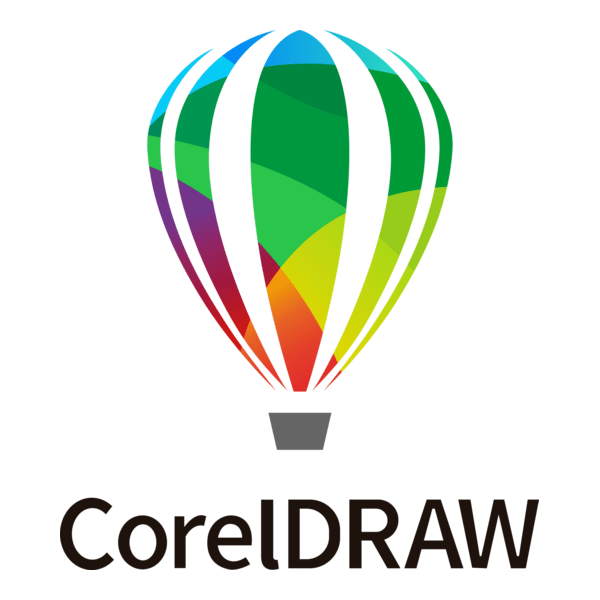Module 1: Design Principles
Foundations of design: balance, contrast, hierarchy, alignment, proximity, repetition, and white space. Grid systems, composition, and visual rhythm for print and digital.
Outcomes: Create clean, professional layouts that communicate effectively.
Theory focus: We unpack Gestalt psychology and its effect on grouping and emphasis, the mathematics of grids and ratios, and how visual hierarchy directs scanning patterns (F‑ and Z‑patterns). Learn to critique compositions using objective heuristics, not taste.
Module 2: Typography & Color
Type classification, pairing, spacing, legibility, scale, and variable fonts. Color theory, palettes, contrast, accessibility, and brand usage.
Outcomes: Choose and apply type and color systems with confidence.
Theory focus: We cover type anatomy and metrics (x‑height, leading, tracking, kerning) and color models (RGB/CMYK/Lab), contrast ratios for accessibility, and harmonies (complementary, analogous). Learn how type and color encode tone and brand personality.
Module 3: Adobe Photoshop
Layers, masks, selections, retouching, compositing, smart objects, filters, mockups, and export workflows for web/social/print.
Outcomes: Produce professional graphics and photo edits efficiently.
Theory focus: Non‑destructive editing principles, color spaces and profiles, bit depth, and sharpening/denoising trade‑offs. Understand how compression artifacts and resizing affect perceived quality across channels.
Module 4: Adobe Illustrator
Vectors, paths, shape builder, pen tool mastery, gradients, patterns, icons, and logo design with scalable systems.
Outcomes: Build crisp vector assets and brand identities.
Theory focus: Bézier curve mathematics, anchor/handle control for smoothness, and scalability constraints in reproduction (print, embroidery, signage). Learn mark construction, negative space, and symbol semantics in identity design.
Module 5: Adobe InDesign
Multi‑page layouts, master pages, grids, styles, image placement, print setup, prepress, and packaging for production.
Outcomes: Deliver print‑ready brochures, magazines, and catalogs.
Theory focus: Typographic systems for long‑form content, baseline grids, readability at distance, and prepress fundamentals (bleed, slug, trapping, imposition). Learn substrate/ink interactions and finishing options.
Module 6: UI/UX with Figma
Wireframing, components, auto‑layout, prototyping, design systems, responsive constraints, and handoff best practices.
Outcomes: Design and prototype modern interfaces for web and mobile.
Theory focus: Human‑computer interaction basics—affordances, feedback, mental models, and usability heuristics. We map information architecture and learn task‑driven flows, accessibility, and inclusive design patterns.
Module 7: Motion Graphics (After Effects)
Keyframes, graph editor, shape layers, text animations, logo reveals, transitions, and export settings for social/video.
Outcomes: Create engaging animations and motion assets.
Theory focus: Principles of animation (timing, easing, anticipation, overshoot), typography in motion, and visual rhythm synced to audio. Understand bitrate, codecs, and delivery specs across platforms.
Module 8: Video Editing (Premiere Pro)
Editing workflows, timelines, color correction, audio mixing, captions, and deliverables for multiple platforms.
Outcomes: Edit polished videos for brands and campaigns.
Theory focus: Story structure, continuity, pacing, J/L cuts, color science basics (log vs Rec.709), and loudness standards. Learn how editorial choices direct emotion and attention.
Module 9: Branding & Packaging
Brand strategy, logo systems, stationery, style guides, mockups, dielines, materials, and print production.
Outcomes: Build cohesive brand identities end‑to‑end.
Theory focus: Positioning frameworks, semiotics in brand marks, cohesion across touchpoints, and packaging psychology (shelf impact, regulatory marks). Evaluate sustainability and manufacturability constraints.
Module 10: Portfolio & Freelancing
Portfolio curation, case studies, presentation, client communication, proposals, pricing, contracts, and career prep.
Outcomes: Launch a client‑ready portfolio and job search strategy.
Theory focus: Narrative structure of case studies, ethical considerations in spec work, intellectual property basics, and value‑based pricing. Learn discovery, scoping, and expectation management to sustain client relationships.



































